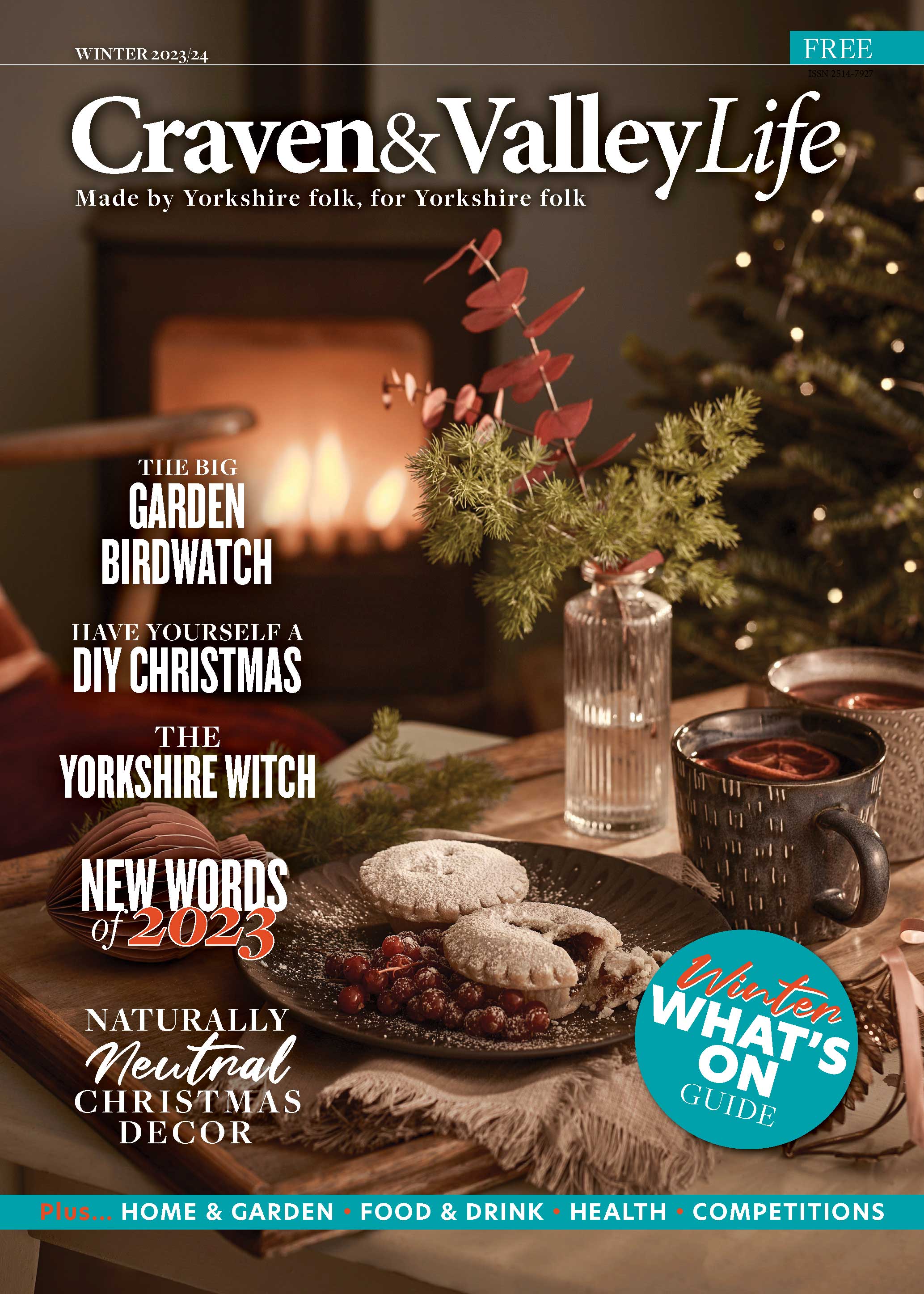
Summer Foraging Guide
by Craven and Valley Life
Always take care when foraging as there are plants and fungi found in the wild that can be harmful or even poisonous to humans.
June
Elderflower
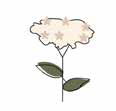
Sambucus nigra
Elderflowers grow in late spring/early summer on elder trees. Not all parts of the elder tree are edible (the leaves are actually poisonous), but the flowers definitely are. Elderflower has a very distinctive, sweet taste that’s commonly made into elderflower cordial or used as one of the main flavourings in desserts. Elderflower pairs especially well with tart fruits like apple, lemon, or raspberry, and it can also be used to treat cold and flu symptoms, especially fevers.
Honeysuckle

Lonicera periclymenum
Honeysuckle grows in woodlands, and you will likely smell honeysuckle before you see it — its sweet honey scent is instantly recognisable and reminiscent of warm summer evenings. This is the reason why honeysuckle is best foraged later in the day, because this is when it releases more of its scent to attract moths. So, if you want a sweeter harvest, it’s better to wait until it starts to get dark to pick it. Honeysuckle’s leaves and trumpet-shaped flowers are both edible but leave the berries alone as these are poisonous.
Wild rose

Rosa canina
Wild roses, also known as dog roses (hence their Latin name), don’t look exactly like the roses we grow in our gardens but they’re still very beautiful in their own right. It’s normally the fruits (known as rosehips) that are foraged in autumn, but the flowers that bloom in June are worth collecting too. They can be candied, brewed into a tea, made into a syrup, or simply tossed into a salad. If you’re a fan of Turkish delight, you’ll be pleased to hear that you can make this using wild roses just as you can with other varieties of rose.
July
Chanterelle

Cantharellus cibarius
Chanterelle is a very popular mushroom to forage because of its rich, surprisingly sweet flavour and meaty texture. It can be identified by its golden yellow outer colour and white flesh, which distinguishes it from other similar-looking mushrooms. You can enjoy them any way you like to eat mushrooms usually, whether that’s stirred into a creamy risotto, as a pizza topping, or simply on toast. Chanterelles are great source of fibre, and while other plants may lack in things like iron and vitamin D, these fungi are a great source of them.
Meadowsweet
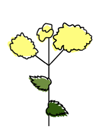
Filipendula ulmaria
Sweet-smelling meadowsweet is often used to give a subtle almond flavour to syrups, jams, and desserts, as well as mead (which is how it got its name). It’s also very common and may be found anywhere where the soil is damp, so you can easily head to your local riverbank or marsh to see if you can spot it. The leaves and flowers can be used to add sweetness when cooking, whereas the bitter root is a good substitute for tea. You can then use the leaves or flowers to sweeten the tea.
Wild strawberry

Fragaria vesca
Wild strawberries look a lot like the ones we buy in shops and grow in our gardens, just a bit smaller and more irregular. However, they’re actually a completely different species! That aside, you can eat and enjoy these little fruits the same way you’d enjoy a regular strawberry, for example with cream or made into a jam. They’re very sweet despite their size and have a lot of vitamin C in them too, just be sure to pick them when they’re bright red and not white or green. Their leaves can be used as a laxative or diuretic when brewed into a tea.
Yarrow
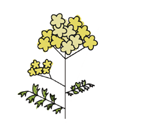
Achillea millefolium
Yarrow is a familiar looking plant that can be found everywhere in the UK — you may even have some hiding in your hedgerows! Though you’ve likely walked past it many times, you may not know that yarrow is perfectly edible. You can prepare it in a similar way to asparagus as a side dish, or add it to sauces and soups, and it has a peppery taste. Historically, yarrow was used as an astringent to stop bleeding, or to encourage cuts and grazes to heal. Some people might find it mildly irritating though, particularly if you have sensitive skin.
August
Bramble/Blackberry
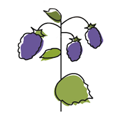
Rubus fruticosus
Brambles (blackberries) are the quintessential foraging food. Most of us will have gone brambling or blackberry picking as kids, and although you may have more luck finding ripe berries later in the year, brambles can be ready to pick as early as August. As well as juicy berries, you can also pick the leaves of the blackberry bush which contain tannin and are used to treat upset stomach. If you have any pet stick insects, bramble leaves are one of their favourite foods.
Crab apple

Malus sylvestris
Crab apples can be cultivated but they also grow in the wild. Smaller than orchard apples and much more tart, crab apples taste best when cooked so they’re ideal for pies, crumbles, and apple sauce for pork. Crab apples also preserve really well, so you can gather a lot of them up in August, process them, and seal them in a can or jar to use throughout winter. They’re a fantastic source of vitamin C, which can help your body fight off cold and flu, as well as antioxidants and fibre. That said, you can eat them raw, but they might give you a bit of a sore stomach!
Elderberry

Sambucus nigra
Elderflowers that didn’t get picked in June will become elderberries by August. These tiny, juicy, purply black berries aren’t very pleasant raw (and you might get a sore stomach if you eat too many raw elderberries) but once cooked they become delicious and very nutritious. Elderberry syrup is hailed as a cold and flu medicine because it is packed with vitamin C and antioxidants, and you can very easily make your own at home with foraged berries. Just boil them down with sugar and lemon juice, and store the syrup in the fridge.
Hazelnut
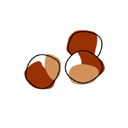
Corylus avellana
In August, the nuts of the hazel tree are green and immature. This makes them much softer than hazelnuts picked in autumn but still very tasty in their own right, and they can be snacked on then and there. Hazel trees can be identified by their very round, often heart-shaped leaves, and in spring they grow yellow catkins — a long trailing flower cluster. You can be used these to identify hazel earlier in the year, so you know where to come back and collect young hazelnuts in the summer.
Credit:Humes Outfitters
Click here for more information on this topic.
Craven&ValleyLife Summer 23

